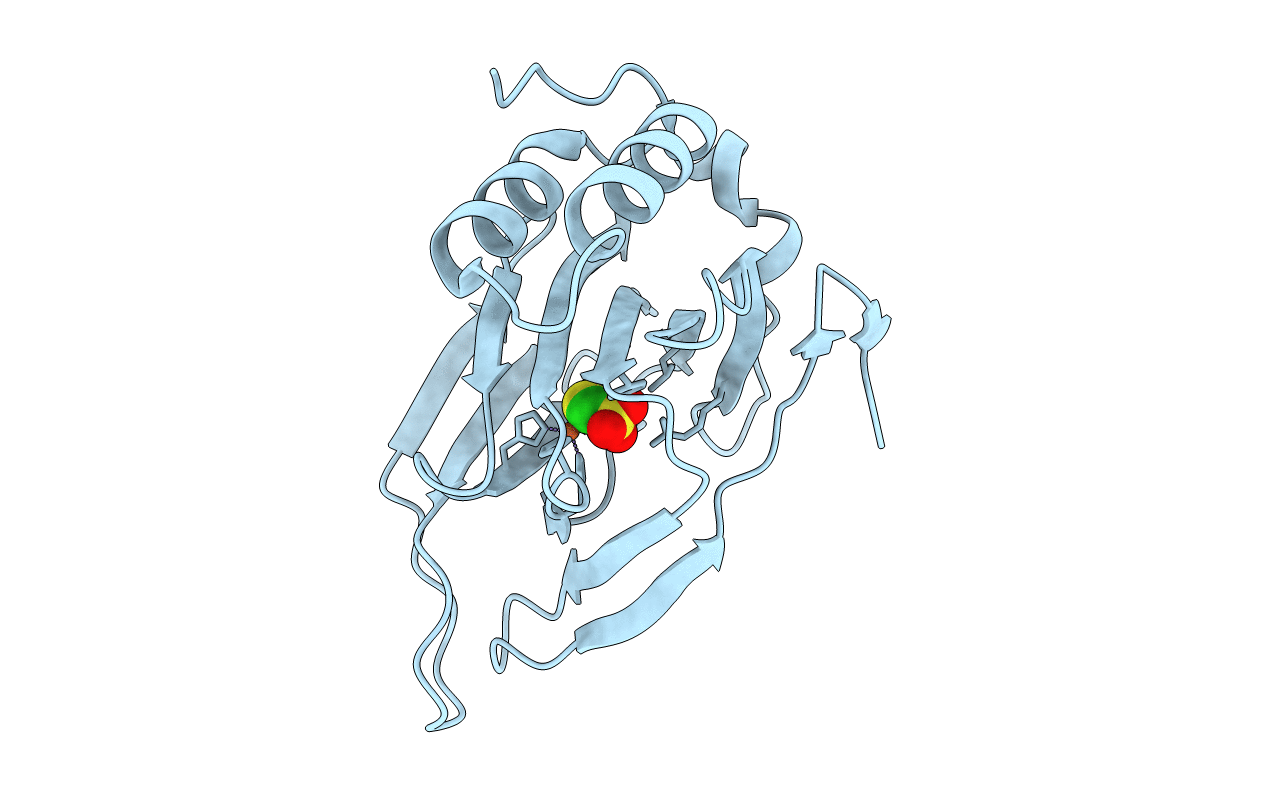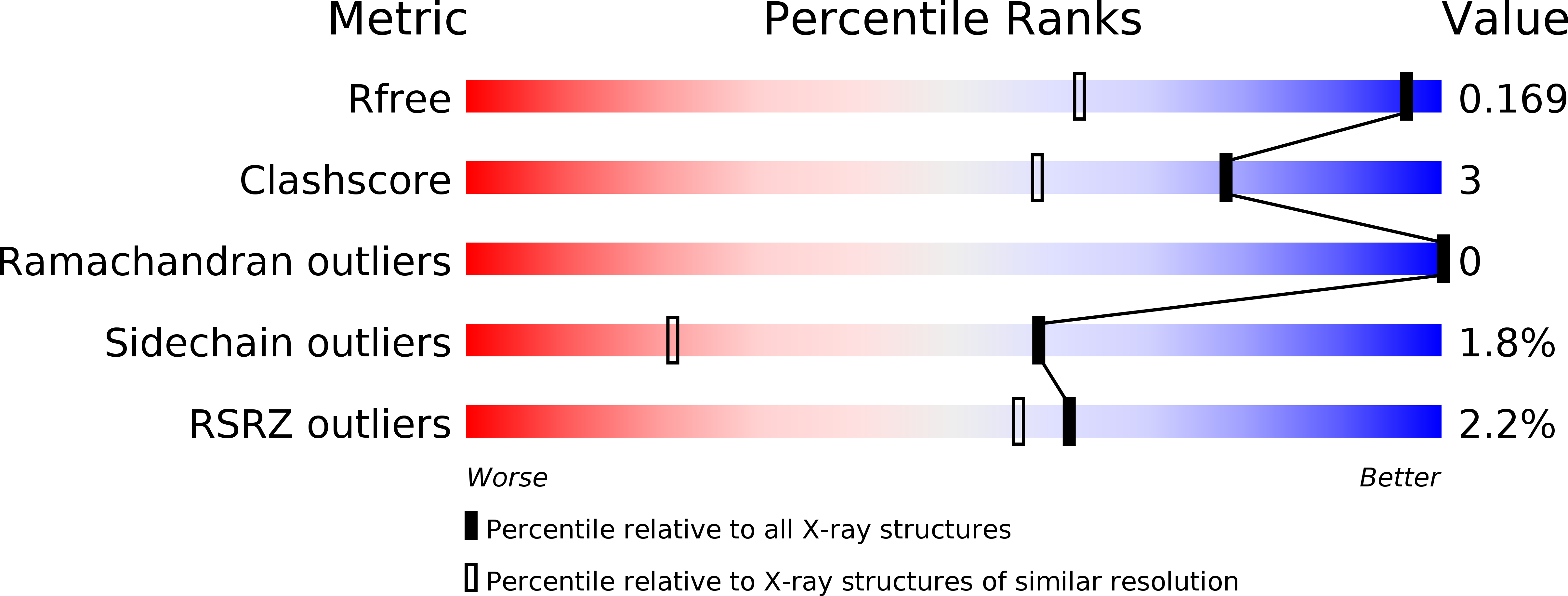
Deposition Date
2014-12-25
Release Date
2016-03-16
Last Version Date
2023-09-27
Entry Detail
PDB ID:
4XEZ
Keywords:
Title:
cysteine dioxygenase variant - Y157F at pH 8.0 with dithionite
Biological Source:
Source Organism:
Rattus norvegicus (Taxon ID: 10116)
Host Organism:
Method Details:
Experimental Method:
Resolution:
1.25 Å
R-Value Free:
0.16
R-Value Work:
0.12
R-Value Observed:
0.12
Space Group:
P 43 21 2


